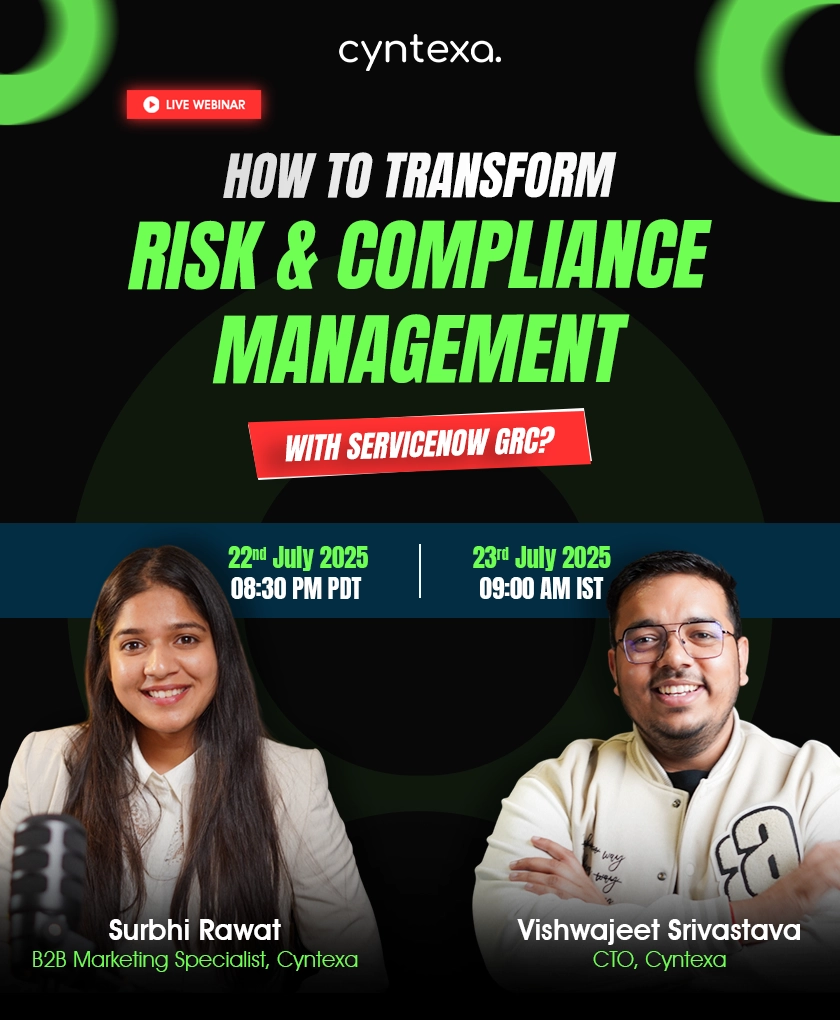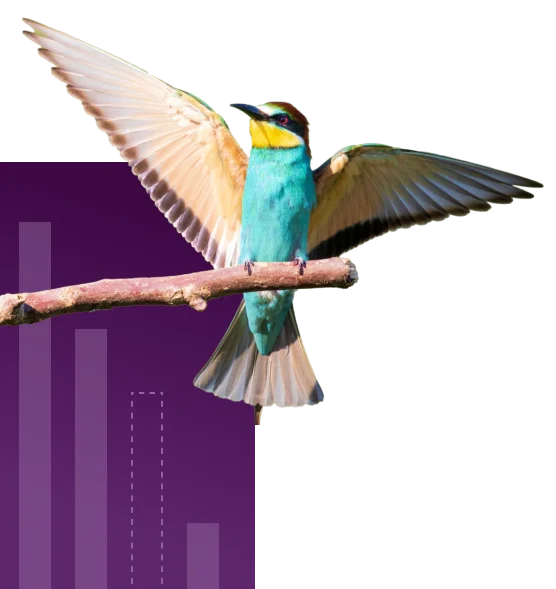Marketing Budget Hacks: How to Achieve More with Less in 2025?
Table of Contents
Have you ever felt like a juggler, finding the perfect balance between towering ambitions, and limited resources? As we enter 2025, the marketing landscape presents us with the challenge of achieving more with less.
As the CEO of Cyntexa, I’ve witnessed firsthand the shifting tides of the marketing budget. We’re all familiar with the phrase “Do more with less”, and when it comes to marketing I strongly believe in it.
But here is the twist. I’m not talking about doing less, I’m talking about doing smarter. It’s about turning the limited marketing budget into a catalyst.
So, let’s get started to talk about marketing budget hacks that will elevate the outcomes, even when the odds seem stacked upon us.
Figure out how much marketing budget you can afford to spend first
Knowing your limits is the first step toward maximizing your potential. The most common perception regarding the marketing budget often revolves around “the more you spend, the more you earn”. Although this perception is true, it‘s important to recognize that strategic spending matters significantly.
The best practice of identifying how much marketing budget you can spend depends on the revenue. Most organizations believe in spending a certain percentage of their revenue on marketing.
The revenue for Zoom in 2022 was $4.3 billion (Source: Business of Apps). For the same year, Zoom’s sales and marketing spent $1.7 billion (source: Statista). Based on this, Zoom allocates around 40% of its revenue to sales and marketing.
The same as Zoom, you have to determine what percentage of your revenue you can spend on marketing. It is generally recommended to allocate around 10-20% to marketing. There are many variables to consider, like industry, company size, and growth goals that may influence this percentage. The marketing budget of a B2B company might be smaller than that of a B2C company.
Personalization in marketing: Spend less and achieve more
The importance of personalization in marketing is known to almost everyone. However, there is a misconception that its implementation is an expensive undertaking. Contrary to this belief, personalization can deliver five to eight times the ROI spent on marketing. (Source: McKinsey),
In other words, every $100 spent on marketing could potentially generate an ROI between $500 and $800.
Furthermore, personalization can reduce the customer acquisition cost by 50%, while increasing the marketing spend efficiency by 30%. (Source: McKinsey)
Seeing the benefits and ROI of personalized marketing is one of the most cost-efficient ways to achieve more with less spending.
Focus on virtual events
At Cyntexa, I am always focused on experimenting with new ways of connecting with customers. Virtual events i.e. webinar is the most effective way to communicate my expertise to a larger pool of audience and inspire them to collaborate with us in addressing their challenges.
As reported by Business Wire, 78% of businesses report a reduction in the cost per lead from webinars. A majority of businesses say webinar leads are most qualified for salespeople, and 72% say webinars influence revenue directly.
I have started hosting webinars about the different offerings of the Salesforce CRM and how it can help businesses succeed. Sharing firsthand experience on different Salesforce products, an audience praised the information provided to them.
What I found challenging in the initial days was reaching the right audience who might attend the webinar. However, with the right understanding of the target audience, these challenges faded away. The use of social media paid marketing, and versatile email marketing methods have allowed me to reach a wider audience on a global scale.
Differentiating marketing channels
Which marketing channel works for you? Not every marketing channel has an equal ROI. According to Insider Intelligence, on average, businesses spend 26% of their marketing budget on ineffective channels or strategies.
Investing in the right marketing channel that aligns with your needs and targets your target audience pays off the most in terms of ROI. An excellent example of this is the “Coca-Cola Share a Coke Campaign”.
The campaign was launched in 2011 in Australia. It featured over 150 popular names among teens and millennials on Coke bottles and cans. People were encouraged to find the Coke bottle or can bearing their name, holding personal meaning to them.
A major audience of this campaign was teens and millennials who are often glued to social media. With this understanding, they launched a campaign, and it turned out to be an instant success. Facebook followers of Coca-Cola increased by more than 25 million, and traffic on the website increased by 870%.
Utilize Email Marketing to improve ROI
Email marketing is indeed a powerful marketing tool for businesses to reach larger customers at lower costs. Every $1 spent on email marketing has an average ROI of $42, higher than other marketing channels (Source: HubSpot).
The conversion rate of email marketing is 15.11%, way higher than other channels like social media (1.28%), and SEO (2.64%) (Source: Backlinko).
Furthermore, you can adopt personalization in email marketing to give wings to its effectiveness. For example, Starbucks uses email marketing to create a personalized experience for customers. It sends birthday wishes through email with free rewards like a drink.
Use marketing automation tools
Being associated with Salesforce, I have realized that automation is something that has the power to transform the business landscape. Automation tools can help businesses to automate tasks like customer segmentation, personalized messaging, customer services, etc.
According to Salesforce marketing automation uplifts sales productivity by 14.5%, while reducing the marketing overhead by 12.2%. Thus, businesses can save valuable time and resources, resulting in improved efficiency.
Content repurposing
Content repurposing or content recycling is the process of reusing your content to expand its reach. In simple words, you take something you have already created, put a new spin on it, and give it a new life.
For example, you can turn your blog posts into infographics adding some additional content into it. This will allow you to present your content in front of a completely new audience.
The practice of content repurposing saves the time spent on creating content from scratch. According to a survey conducted by ReferralRock, 48% of markets stated that content repurposing helped them achieve impressive results with less time and budget.
Final take
These marketing budget hacks are not theoretical but practical, we’ve learned them from our growth mistakes. As CEO of Cyntexa, I’ve seen firsthand how these strategies propel us forward. You can follow these steps to watch your ROI soar without breaking the bank.
Don’t Worry, We Got You Covered!
Get The Expert curated eGuide straight to your inbox and get going with the Salesforce Excellence.
AUTHOR
Shrey Sharma
CEO, Cyntexa | S2 Labs
Shrey is the CEO of Cyntexa, a serial entrepreneur, and a leading voice in Salesforce and digital transformation. Under his leadership, Cyntexa has grown into a trusted global IT partner, helping businesses innovate, modernize, and maximize their technology investments. At just 19, he founded S2 Labs, which has trained over 50K professionals. A 2019 Salesforce MVP and the creator of Salesforce Hulk, the largest Salesforce-focused YouTube community, Shrey is a global speaker known for sharing practical insights on technology, leadership, and business growth.


Cyntexa.
Join Our Newsletter. Get Your Daily Dose Of Search Know-How









